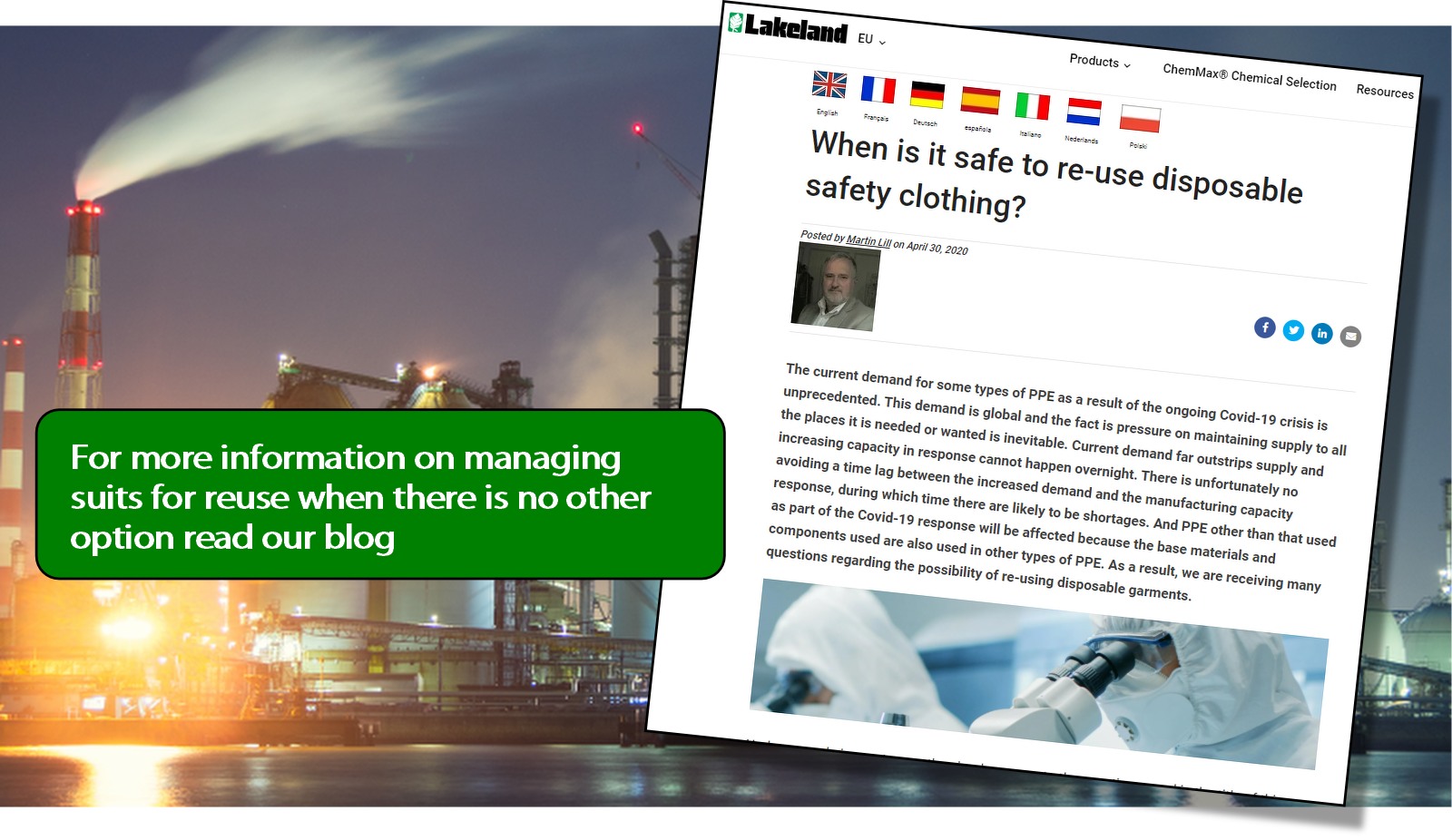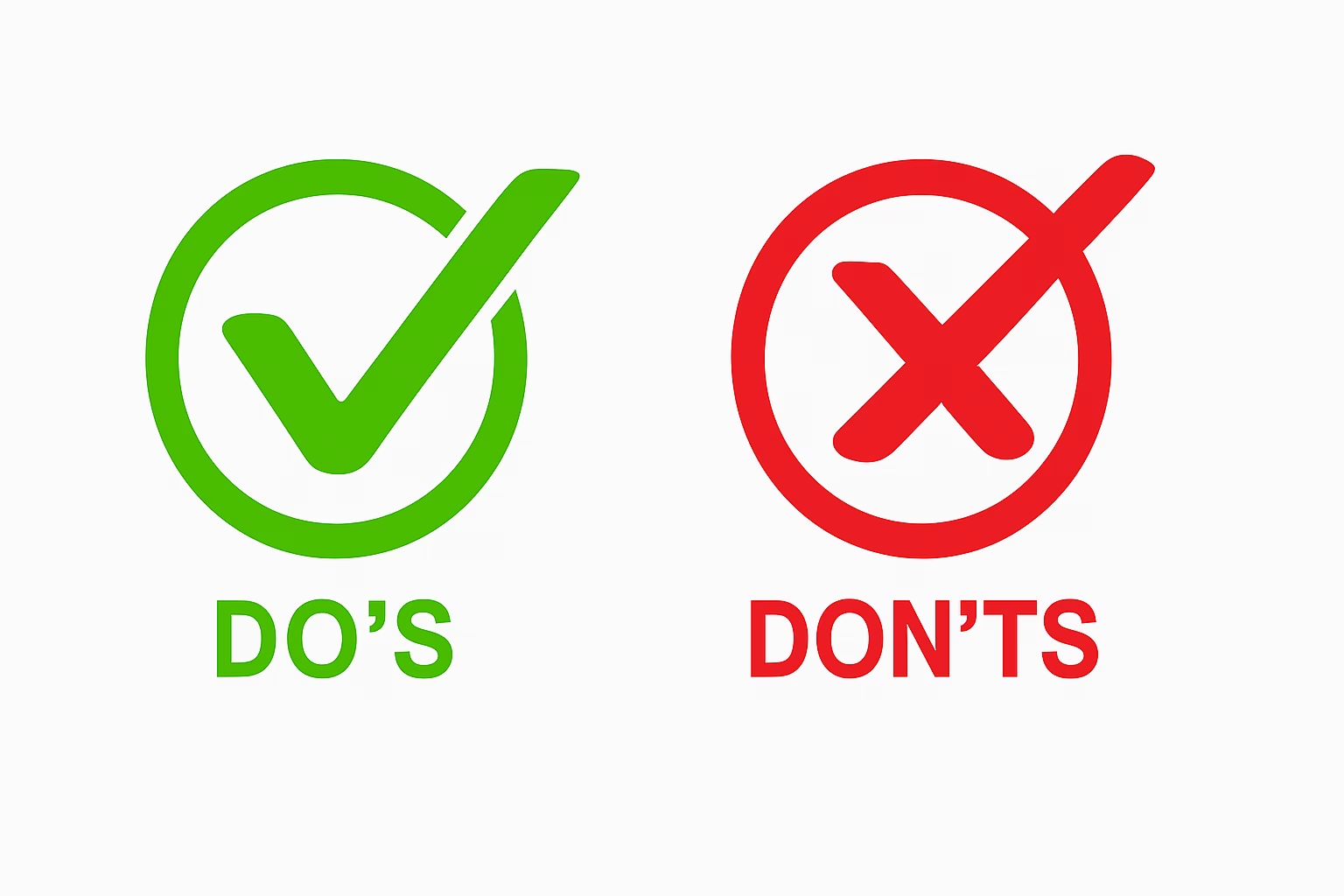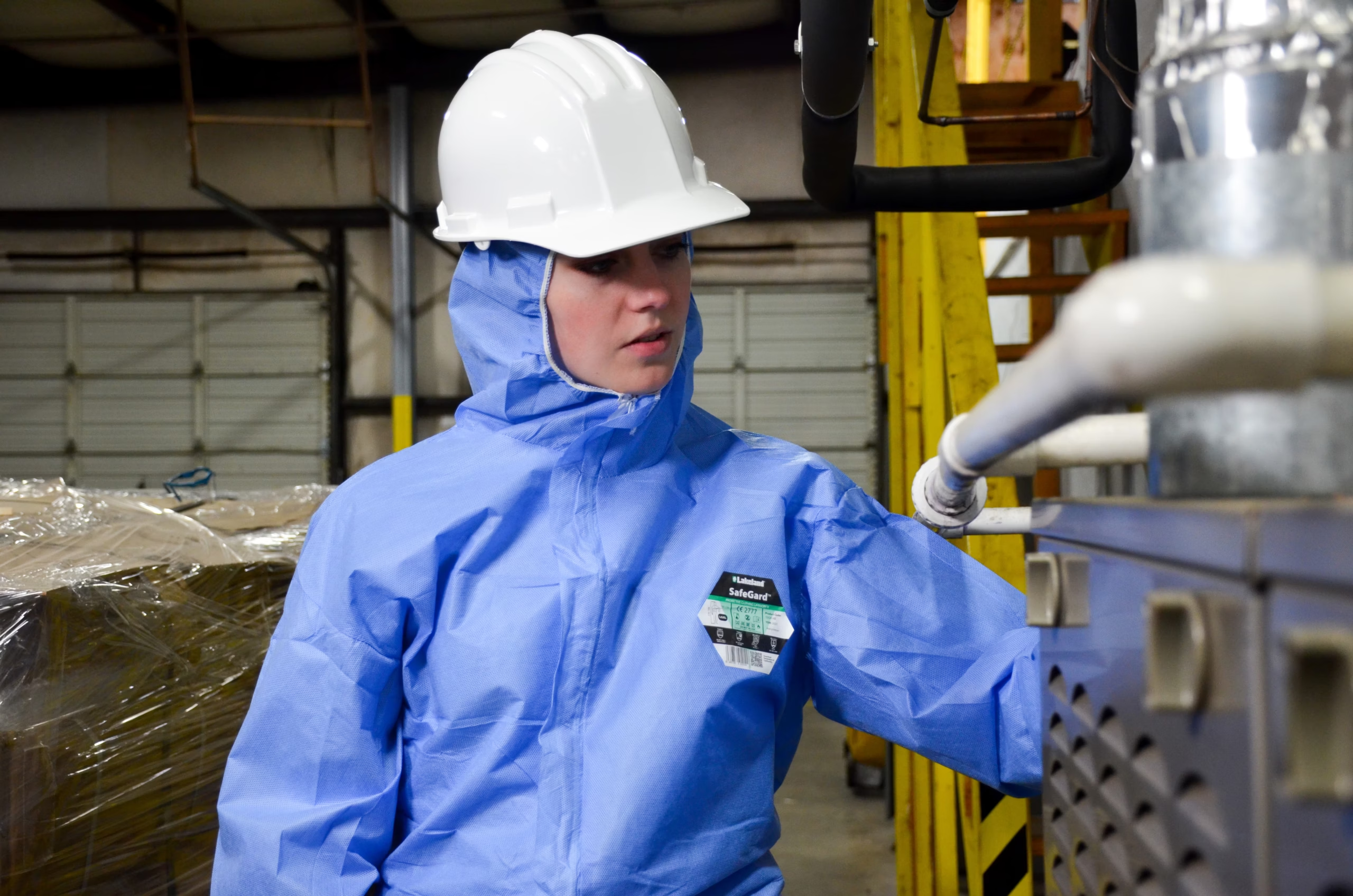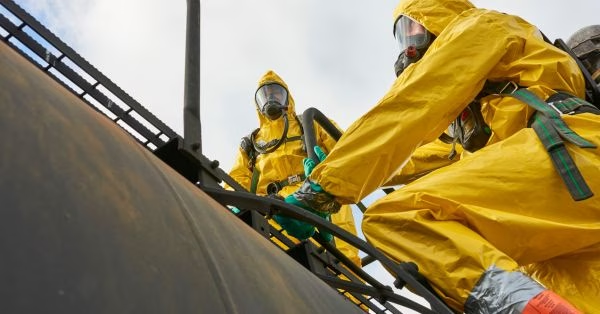It’s a common question. Yet in reality it’s a moot point because it’s the wrong question to ask.
Some manufacturers claim to offer “re-usable” chemical safety clothing. Others offer “limited life” options. So how do you know the difference? Does it just come down to how the manufacturer describes it in a catalogue?
Is a “reusable” suit always safe to reuse? How many times? At what point is it not safe to reuse it?
Is it never safe to reuse a disposable suit? And what’s the difference between a “disposable”, a “single-use” and a “limited-life” coverall?
Which is safer? Does either give better protection than the other?
This blog considers reusable and disposable chemical personal protective equipment (PPE); how you tell the difference and which, if any, is safer.
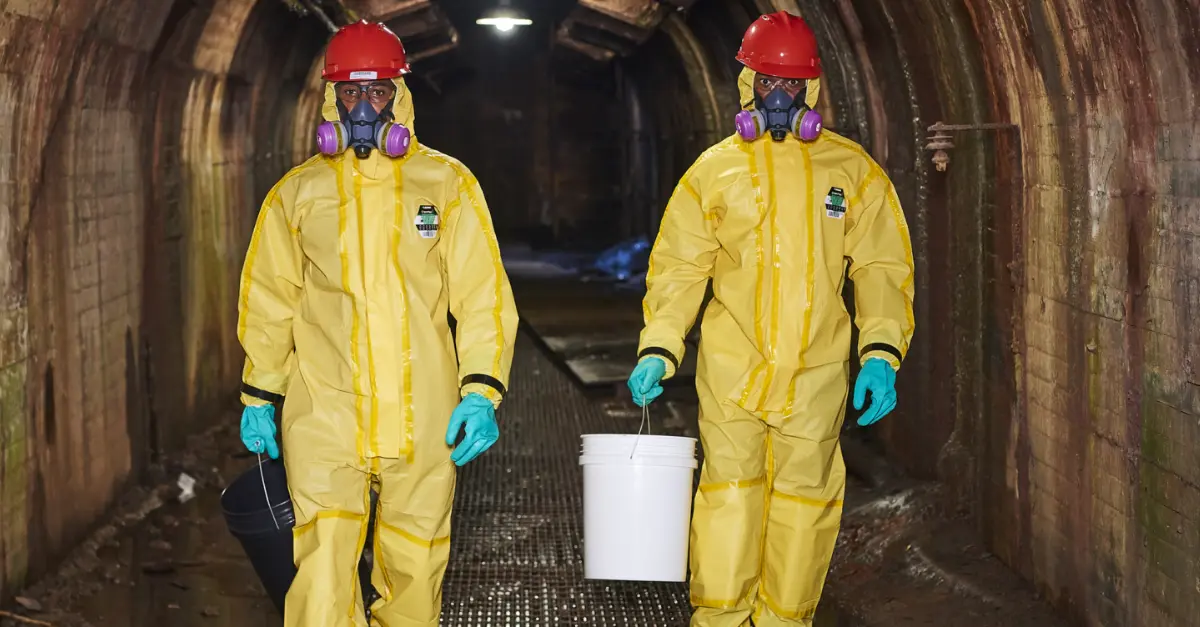
Clarifying Terms
First, the terms “disposable”, “single use” and “limited life” PPE all mean the same thing. Essentially all refer to nonwoven fabric-based clothing for protection against a range of liquid and dust-based hazards. “Nonwoven” protective clothing is produced not by weaving but by a process of extruding thermoplastic (often polypropylene or polyethylene) fibers and bonding them into a fabric form, is that they are much easier to make and therefor cheaper than their woven counterparts. Another consequence of this method is that they are generally much weaker and in most cases are simply not durable enough to make garments you could wear for days, weeks or months.
Meanwhile a suit described as reusable on the face if it does what it says on the tin. It is intended to be used more than once, although the circumstances in which it is safe to do so are not, as we shall see, absolutely clear.
How Do You Distinguish Between “Disposable” and “Reusable” Safety Clothing? What’s the Difference?
The reality is, there is no real difference. In general terms, clothing designated as “reusable” tends to be constructed of heavier and stronger fabric but there is no definitive definition of what constitutes a “reusable” suit.
Whether safety clothing is designated by its manufacturer as either, the answer to the question of whether it can be re-used or not is essentially the same:-
Any suit can be re-used if it is not damaged and/or contaminated
and no suit should be re-used if it is damaged and/or contaminated.
That a worn or damaged chemical suit should not be re-used is self-evident. A damaged suit will not protect the wearer. This is straightforward and applies to a chemical suit whether designated as disposable or reusable.
But what if the suit is intact but contaminated with a hazardous chemical from the previous use?
Again, quite clearly, reusing a chemical suit that has previously been contaminated is problematic for obvious reasons. The answer for many would be to ensure all PPE is decontaminated immediately after use so it is clean before the next. Unfortunately, as is often the case with any issue relating to hazardous chemicals, this is not as straightforward as it seems.
First, it is not always the case that a wearer is aware contamination has taken place. So the need for decontamination may not be clear.
Second, “decontamination” generally refers to a process of cleaning the surface of the suit often through the use of a decontamination shower. There are two problems with this.
- Firstly, whilst a decontamination procedure may effectively remove heavy soiling from the surface of clothing it is difficult to know if all contamination has been effectively removed. Contamination of a chemical will not always be visible or obvious and there is simply no way of knowing.
- Secondly, and this is the bigger problem, surface decontamination will ONLY remove chemicals on the fabric surface. What about any chemical that has permeated into the fabric at a molecular level?
Permeation is Inevitable
Permeation is different to penetration. Whereas penetration involves a liquid or dust passing through holes or gaps in a fabric such as the holes between the warp and weft in woven materials, permeation is the process by which a chemical will pass through a “solid” barrier at a molecular level. The molecules of the chemical will pass between the molecules of the barrier polymer and eventually emerge on the other side. The video below shows the difference between permeation and penetration.
The fact is, whilst penetration can be prevented, permeation is inevitable and cannot be prevented; it can only be delayed and slowed. The key to selecting the barrier polymers in a chemical suit fabric is to choose polymers that maximize the time until permeation begins and minimize the rate at which it then occurs. It is a simple law of physics; permeation will, at some point, happen.
The widely held assumption that permeation breakthrough from a permeation test indicates when a chemical first breaks through the fabric is wrong. The chemical may permeate long before the breakthrough. So if a suit fabric has been contaminated it is quite possible that permeation has occurred and even if it has not breached the inner surface it may be held within the structure of the fabric itself.
How Does Permeation Affect Whether a Suit Can Be Re-used or Not?
If a suit fabric has been splashed with a chemical, it is impossible to know whether it has permeated into the fabric. If it has, there are two possibilities:-
- It may seep out later.
- When the suit is next used, permeation might be much quicker because the chemical is already seated in the fabric structure. So any information about breakthrough or safe-wear times might well be wrong.
Furthermore, if the suit is re-used to protect against a different chemical, the consequences of those chemicals mixing are unpredictable and potentially much worse.
Thus, any form of surface decontamination of chemical safety clothing is unlikely to remove chemical that has permeated into the fabric. And even where specialist methods of removing permeated contamination exist, it is impossible to know whether all the contamination has been removed or not. The difficulty with this problem of contaminated re-usable suits is that it is almost impossible to know whether it has occurred or not. No testing easily conducted by users can advise on this.
The proof of this principle can often be confirmed by detailed reading of the user instructions supplied with supposedly “reusable” PPE chemical suits. Often included is a statement along the lines of:-
“Suits that have been contaminated with a hazardous chemical should not be re-used without testing of the fabric to ensure no chemical has permeated”.
In other words, even the manufacturers of reusable suits advise “don’t reuse it if it has been contaminated”.
So in the real world, the difference between “disposable PPE” and “reusable PPE” suits is a grey area. In fact, CE standards recognized this in the 2015 version of EN 943 – the standard for Type 1 gas-tight suits. Annex E, which defines major differences between the old and new versions of the standard. It states the following:-
“Adoption of New Definitions
Terms “limited use” and “re-usable” are not no more used. [SIC] Reasons:
- All suits have only a limited use duration
2. There may not be different requirements for suits [SIC], which are intended for the same use”
| The Unintended Confusion in CE Standards |
|
The copy quoted above is written precisely as it is in the standard. Clearly the phrase “not no more used” was intended to say “no more used”. And in the second bullet point it is difficult to interpret what the writer actually does mean, but presumably it was intended to say “There may be different requirements…” rather than “There may not be…”(though I may be wrong on that!) This type of comical confusion in CE standards is not as unusual as one might hope. Sentences and even whole paragraphs are often written in ways which almost seem intentionally constructed to obscure meaning rather than clarify it. Another fine example is also from the EN 943 standard and describes (or tries to!) the number of samples to be subject to the practical performance tests:- “Four tests shall be carried out. For enhanced robustness suits two sample suits shall be tested, each being tested by two test subjects. For regular robustness suits two test subjects shall each test two new samples suits (four suits in total)”. Perhaps this is one of the reasons for the many PPE misunderstandings discussed in my webinar “Avoiding the Pitfalls of Misunderstanding CE standards”. You can watch the full webinar, including the question and answer session below.
|
In other words, the standard no longer uses the terms because it recognizes that there is no clear definition for either; all suits are “limited use” if contaminated, whilst all suits are potentially “reusable” if uncontaminated (and un-damaged). The required properties of chemical suits and fabrics are purely related to the application – regardless of whether designated “disposable “or “reusable”.
When Is It Safe to Reuse a Chemical Suit?
The decision to reuse or not reuse a chemical suit should be based on the following questions:-
- Is the suit contaminated by a chemical and what hazards does that chemical present?
As with most decisions relating to the selection and use of chemical suits, a key issue is the relative toxicity of the chemical from which you are protecting the wearers. If the chemical is highly toxic and dangerous in only small volumes, the safe course is to assume contamination and not reuse suits. On the other hand, for relatively low toxicity chemicals reuse carries lower risk.
Other questions are:
- If the suit has been contaminated, would you be aware of it?
- Can you be sure to remove any contamination before storage for reuse?
- Might the chemical have permeated into the fabric? If yes, then again the safe course is do not reuse.
With any decontamination process you need to be sure that contamination is removed properly and with highly toxic chemicals the only safe rule is “do not reuse”.
- Is the suit undamaged and fully functional?
A suit that is worn, torn, badly abraded or with components such as the zipper fastening not fully functional may not protect properly. Even if apparently in an intact and functional state, a garment that has been under stress may have been severely weakened and may quickly tear during a further use.
Part of this assessment should include (once any contamination has been removed if that is possible) a full and thorough visual check of the garment, looking carefully for any damage or non-functioning components. The basic rule should be “If in doubt, do not reuse”.
The important point is that if suits are to be reused the decision must be based on a proper, written process using criteria established through an effective risk analysis. Do not rely on a simple yet tempting “It’ll be OK”.
Another consideration in decisions about the reuse of suits is that of ensuring suits are only reused by the same person. The unacceptable hygiene implications of wearers using suits that others have previously worn are clear.
Finally, it is worth noting that no disposable type chemical safety clothing is washable. While some might survive a gentle automatic wash at low temperature it is likely to weaken fabric and seams and any treatment that has been applied to achieve anti-static properties will be removed. Disposable anti-static garments that are washed are no longer anti-static.
Storage and Disposal
If a decision is taken to reuse PPE suits then they should be stored by hanging rather then folding and kept in a clean, dry area away from strong light. Disposal, especially of contaminated suits, cannot be taken for granted and is probably subject to local regulations. These issues will be dealt with in a future blog.
Conclusion: Users need to think not in terms of whether a chemical suit is “disposable” or “reusable” but in terms of “is it safe to reuse any suit… and in what circumstances?”
In the final analysis, the safest option with hazardous chemicals is to use single-use suits and use them only once. That way you can be sure that a garment is clean, pristine, intact, and has not been previously contaminated. A new chemical suit freshly removed from its sealed bag is as it should be (although even with new garments a visual check before use to ensure no damage has occurred in transit or donning is important).
However, there may be reasons why suits which are classed as either disposable or reusable might be reused – and there is no problem with this for garments known to be uncontaminated, intact and fully functioning. The Covid crisis has also taught us that at times reuse is unavoidable because of supply issues – regardless of whether your chosen suits are “disposable” or “reusable”.
However the central questions of any decision on the reuse of chemical suits should be
1. “Is it damaged?”
and,
2. “Has it been contaminated?”
If the answer is yes to either, then the safest course of action is don’t re-use it!
Managing the question of whether to dispose or reuse chemical PPE is just one of the issues to be dealt with as part of an effective suit management program.


